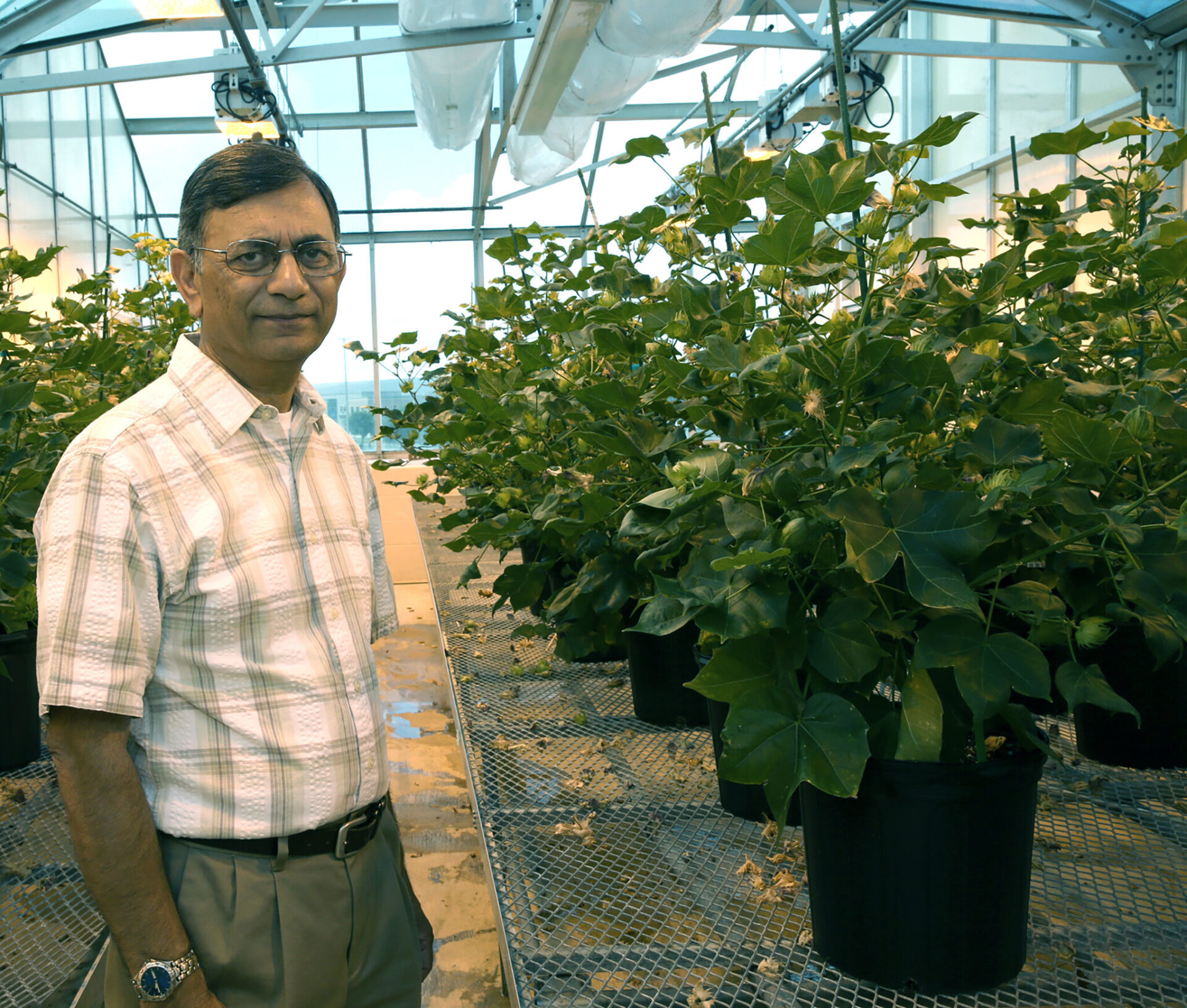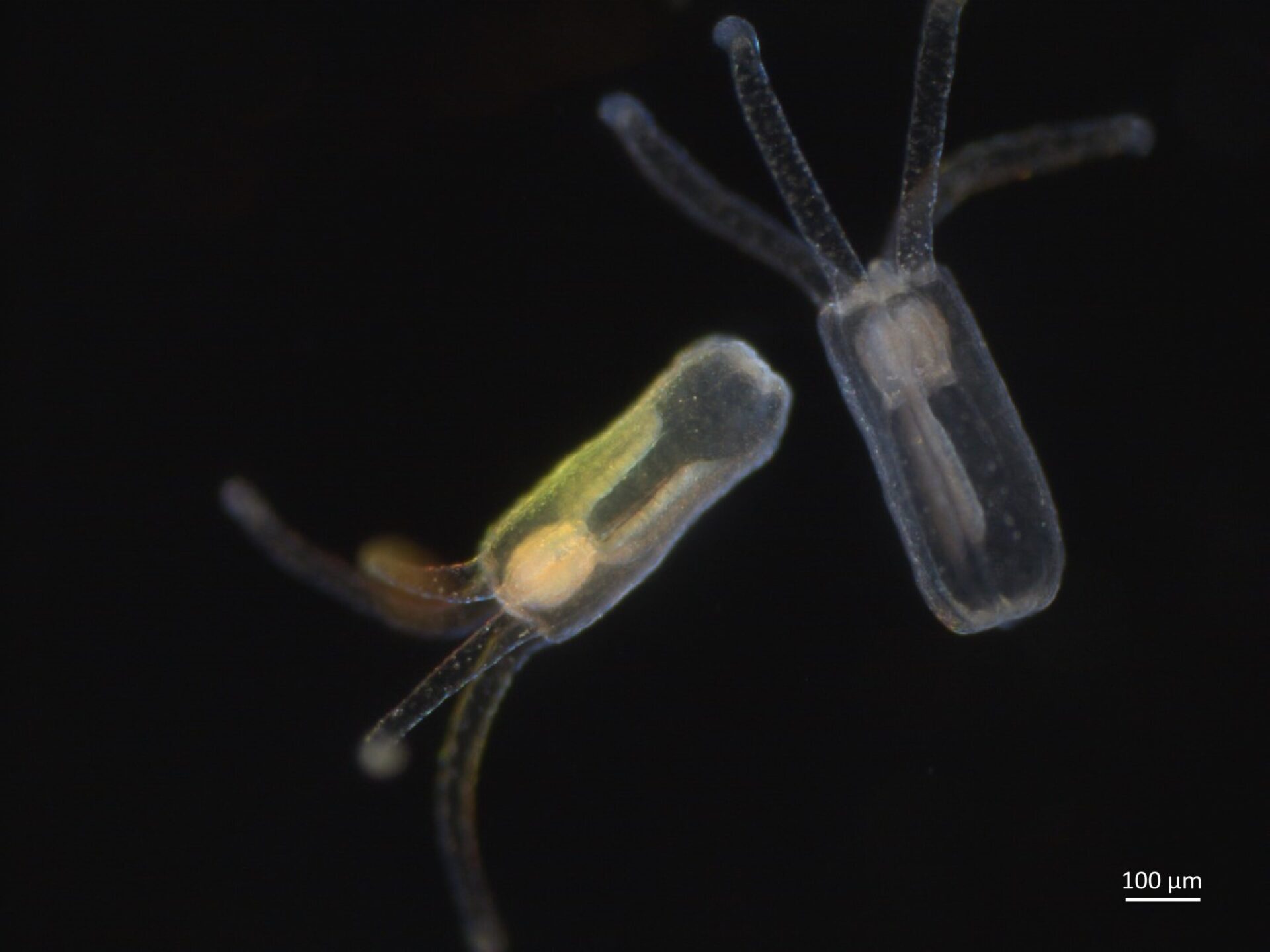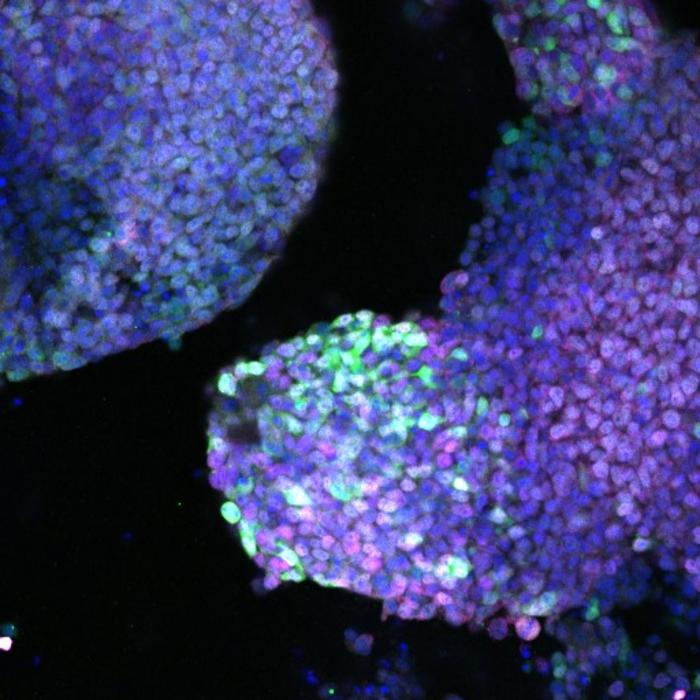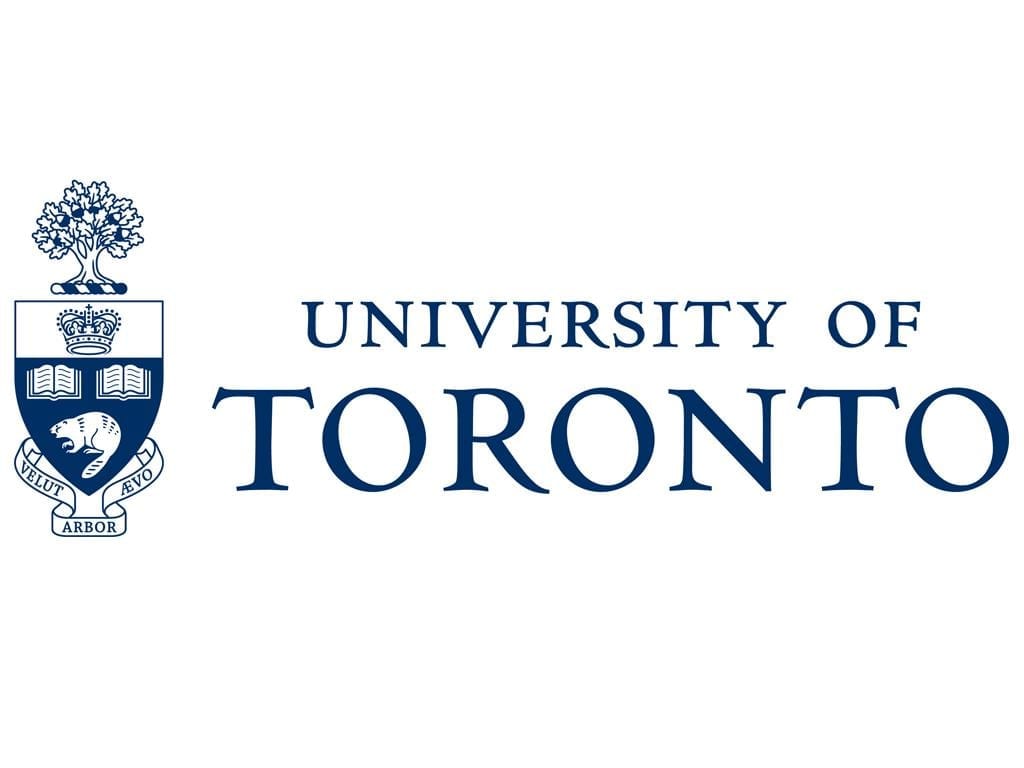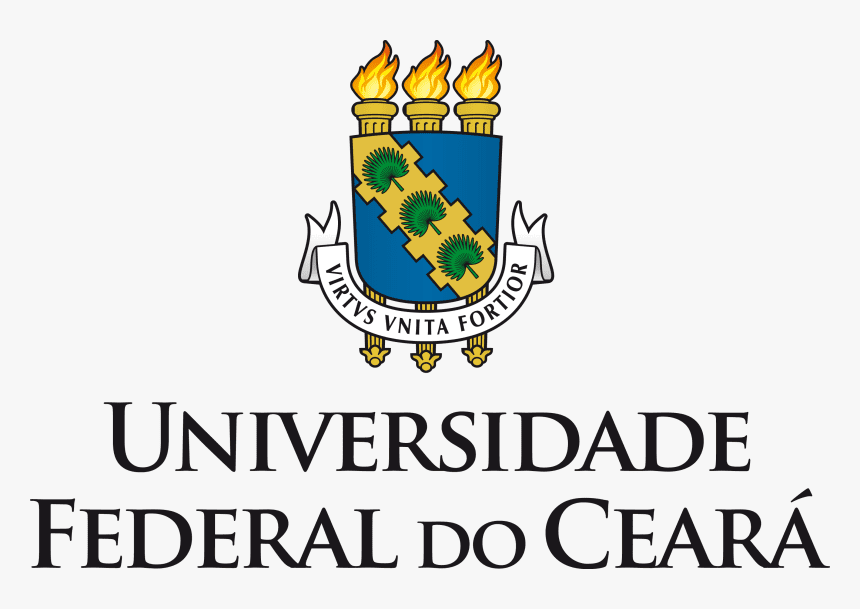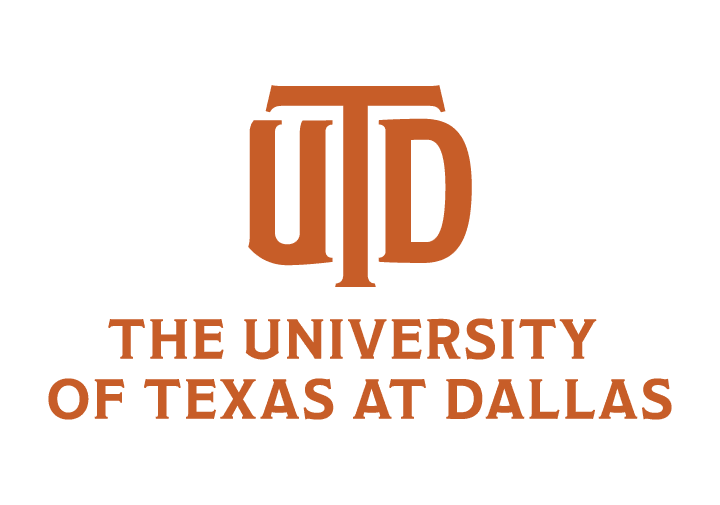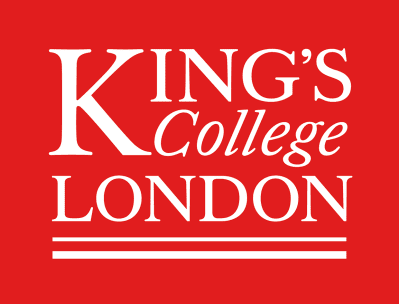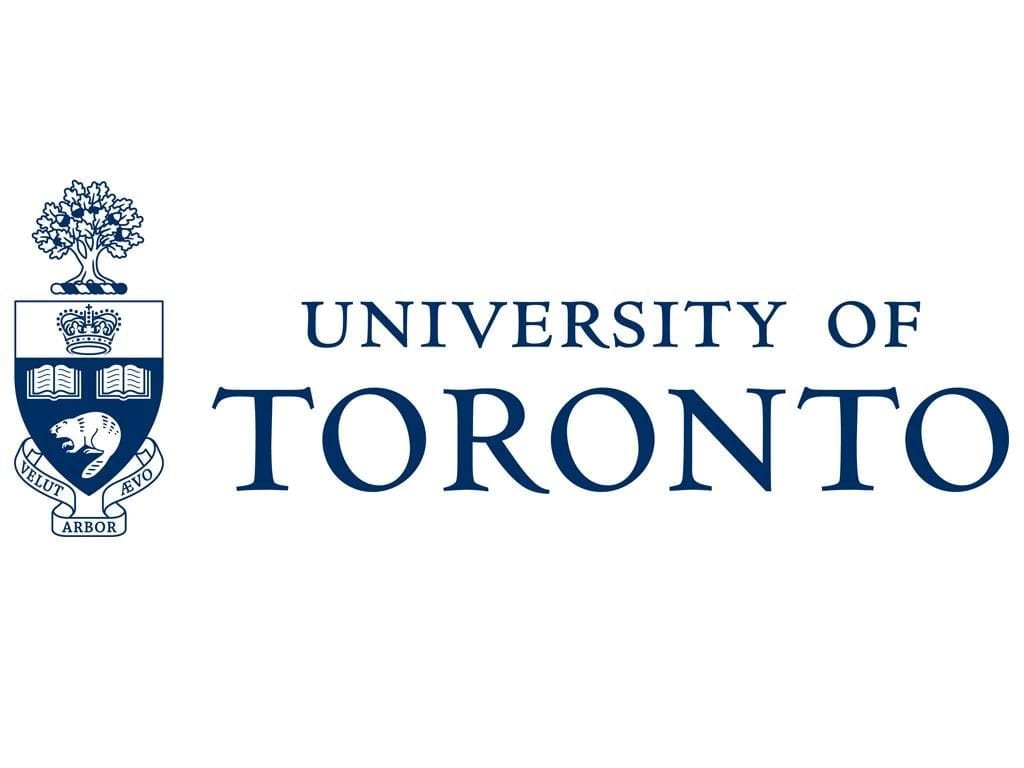
The University of Toronto, with its storied past, began as King’s College, the first institution of higher learning in Upper Canada. Through the centuries, it has evolved, mirroring the dynamic progression of Toronto itself. From the classic architecture of its storied buildings to the cutting-edge facilities that dot its campuses, the University reflects a blend of tradition and innovation. It has been a nurturing ground for Nobel laureates, prime ministers, and global leaders. As a leader in research and education, the University of Toronto has been at the forefront of academic and scientific breakthroughs, shaping global discourse and policy.
The Latest Bing News on:
University of Toronto Research
- University of Toronto and Hospitals Collaborate on Pilot Program to Enhance Commercialization of Medical Innovations
The University of Toronto is collaborating with the University Health Network, the Hospital for Sick Children and Sunnybrook Research Institute on a new program that aims to leverage the expertise of ...
- Research Symposium Showcases Innovations in Healthcare
The Cottage Health Research Institute’s 2024 Collaborative Research Symposium, held on Friday, April 19, brought together a diverse community of ...
- University of Toronto pair receive prestigious Schmidt fellowship for pivot to brain studies
Peter Serles and Pailin Chiaranunt are both investigating the brain as Schmidt Science Fellows, which supports researchers who ask questions that cut across traditional disciplines ...
- Dr Dalia Rotstein: Physicians Must Be Aware MS Affects People of All Backgrounds
Dalia Rotstein, MD, MPH, emphazises the importance of awareness that multiple sclerosis (MS) impacts patients from various backgrounds as clinicians think through ways to improve access to care and ...
- University of Toronto scientists appointed as GSK chairs will advance drug delivery research and vaccine education tools for healthcare professionals
The University of Toronto's Leslie Dan Faculty of Pharmacy has announced the appointments of two leading scientists as endowed GSK research chairs. These appointments represent the collaborative ...
The Latest Bing News on:
University of Toronto Discovery
- University of Toronto and Hospitals Collaborate on Pilot Program to Enhance Commercialization of Medical Innovations
The University of Toronto is collaborating with the University Health Network, the Hospital for Sick Children and Sunnybrook Research Institute on a new program that aims to leverage the expertise of ...
- University of Toronto scientists appointed as GSK chairs will advance drug delivery research and vaccine education tools for healthcare professionals
The University of Toronto's Leslie Dan Faculty of Pharmacy has announced the appointments of two leading scientists as endowed GSK research chairs. These appointments represent the collaborative ...
- Discovery of DNA repair mechanism advances understanding of how human cells stay healthy
Researchers at the University of Toronto have discovered a DNA repair mechanism that advances understanding of how human cells stay healthy, and which could lead to new treatments for cancer and ...
- Toronto researchers uncover human DNA repair by nuclear metamorphosis
Researchers at the University of Toronto have discovered a DNA repair ... promoting aging and cancer. The new discovery, made in human cells and in collaboration with Professor Razqallah Hakem ...
- This is what Toronto postcards looked like in the early 1900s
the former Toronto General Hospital, which is now part of the MaRs Discovery District on College at University or the former Toronto Normal school, whose facade has been preserved as the entrance ...
Top Innovations:
- Discovery of Insulin (1921): Perhaps the most renowned breakthrough, the discovery of insulin by Frederick Banting and Charles Best transformed the treatment of diabetes and has saved millions of lives worldwide.
- Stem Cell Research (1960s): James Till and Ernest McCulloch’s pioneering work in identifying and characterizing stem cells laid the foundation for regenerative medicine.
- Development of the G-Suit (1941): Wilbur R. Franks developed the world’s first anti-gravity suit, crucial for high-altitude jet flight and space travel.
- Electronic Pacemaker (1950): John Hopps invented the first electronic pacemaker, revolutionizing cardiac care.
- Deep Learning and AI Advancements: Under the guidance of Geoffrey Hinton, the University has been pivotal in advancements in artificial intelligence, particularly in the field of deep learning.
- First Black Hole Image (2019): U of T astronomers played a significant role in capturing the first-ever image of a black hole, marking a monumental moment in astrophysics.
- Cobalt-60 Cancer Treatment (1951): This groundbreaking cancer treatment method was developed at the University, significantly advancing radiation therapy.
- Key Developments in Quantum Computing: Researchers at U of T are at the forefront of quantum computing, driving innovations that could revolutionize computing.
- Pioneering Work in Green Chemistry: The University has led significant advancements in developing sustainable chemical processes that minimize environmental impact.
- Research in Solar Energy and Sustainable Technologies: Researchers here are making significant strides in developing efficient, sustainable energy solutions.
Top Innovators:
- Here’s a list of some of the most distinguished researchers associated with the University, noting that this selection might not cover all the influential figures due to the extensive history of excellence at the institution:
- Frederick Banting – Co-discoverer of insulin, Banting’s groundbreaking work revolutionized the treatment of diabetes. For this, he received the Nobel Prize in Physiology or Medicine in 1923, sharing it with John Macleod.
- Charles Best – Alongside Banting, Best played a crucial role in the discovery of insulin. Though he did not receive the Nobel Prize, his contributions were instrumental in this life-saving discovery.
- John Polanyi – Winner of the 1986 Nobel Prize in Chemistry for his research in chemical kinetics, Polanyi’s work has had a profound impact on the understanding of chemical reactions.
- Geoffrey Hinton – Often referred to as the “godfather of deep learning,” Hinton’s work in artificial intelligence and neural networks has been fundamental in the development of AI technologies.
- James Till – A biophysicist, Till, along with Ernest McCulloch, made groundbreaking discoveries in stem cell research, which have opened vast possibilities in regenerative medicine and biology.
- Ernest McCulloch – McCulloch, in collaboration with James Till, contributed to the foundational work in identifying and characterizing stem cells, a monumental advancement in biomedical science.
- Bertram Brockhouse – Awarded the Nobel Prize in Physics in 1994 for his development of neutron spectroscopy, Brockhouse’s work has been critical in material science research.
- Walter Kohn – An alumni of the University, Kohn was awarded the Nobel Prize in Chemistry in 1998 for his development of density functional theory, which revolutionized quantum chemistry.
- Oliver Smithies – Another distinguished alumnus, Smithies was awarded the Nobel Prize in Physiology or Medicine in 2007 for his work on gene targeting in mice, which has had significant implications in genetics and biotechnology.
- Sir Frederick Grant Banting – Another notable figure in the field of medicine, he is known for his pioneering work in insulin discovery and was awarded the Nobel Prize in Physiology or Medicine in 1923.
These researchers represent the University of Toronto’s rich legacy in contributing significantly to the global scientific community. Their work spans a range of disciplines, demonstrating the University’s diverse strengths in research and innovation.
Created by ChatGPT (ChatGPT can make mistakes. Consider checking important information.)

